What To Look Out For - June 2017
After a bitter spell of weather last month it’s so nice to be writing this on a warm day looking out on a wild flower meadow writes Yorkshire Coast Nature’s Richard Baines. For me June is all about discovering gorgeous flowers and amazing moths. Despite being in the ‘frozen north’ we are still blessed with many special flowers and, after spending many years flirting with a moth trap in gardens and woods, I still get excited by spectacular moths!
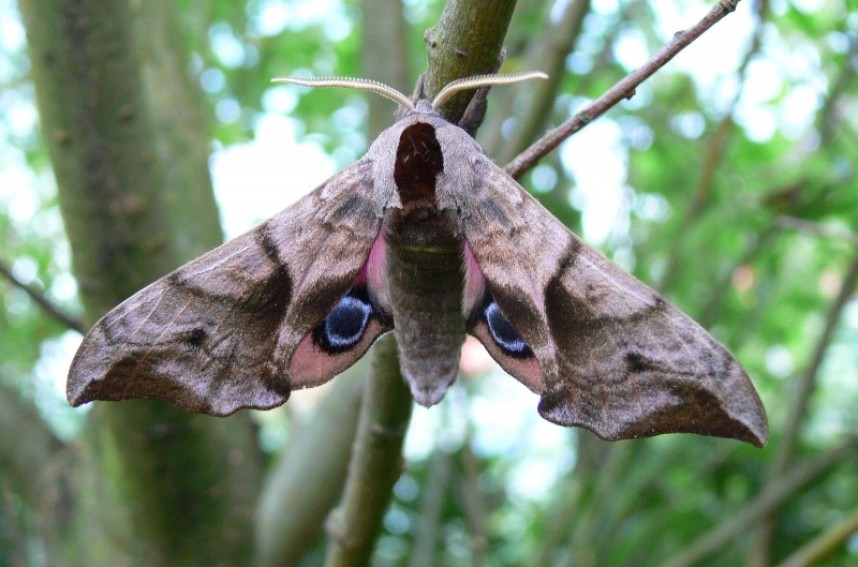
Eyed Hawk-moth (eyes open) copyright Richard Baines
The Eyed Hawk-moth is one of our largest and most vivid moths. The twin eye spots are designed to distract and frighten potential predators. When disturbed the moth gently fans its underwing spots in an aggressive posture. The caterpillar is large and green and has a distinctive blue-green spike at the rear which separates them from the similar Poplar Hawkmoth caterpillar. One of their favourite food plants is the Goat Willow also known as Sallow. From the first week in June as they start to emerge from their cocoons, look out for the adult moths anywhere Sallow grows in our region.
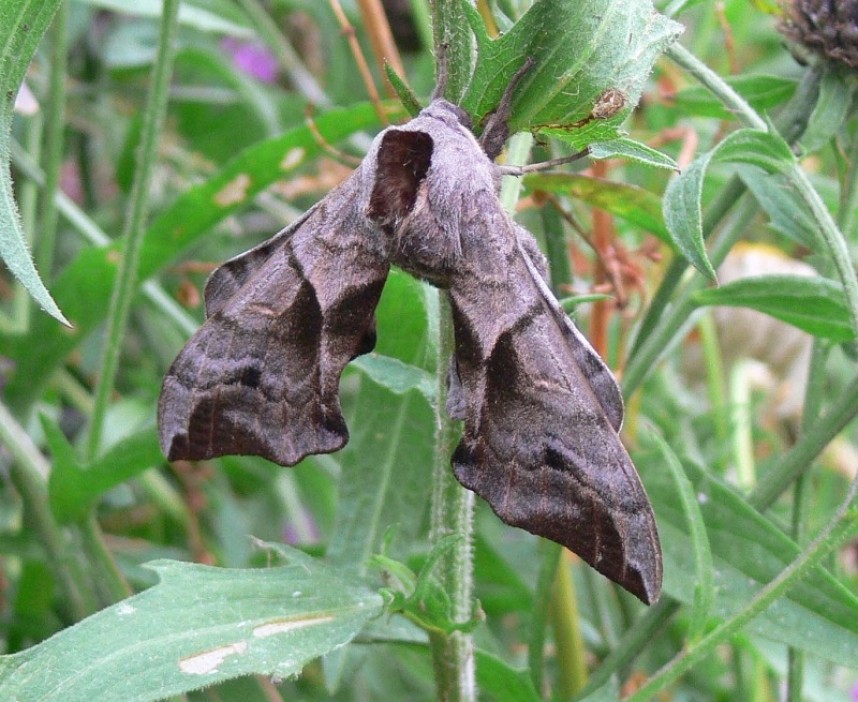
Eyed Hawk-moth (eyes closed) copyright Richard Baines
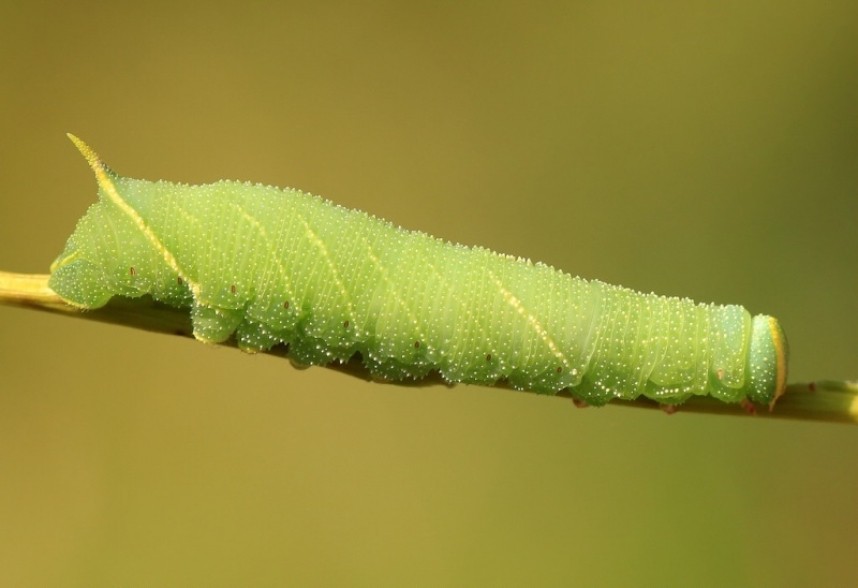
Eyed Hawk-moth caterpillar copyright Dan Lombard
There are many stories from folklore surrounding the world of moths; it’s wonderful to hear of people hundreds of years ago entranced by these ‘night angels’ in the same way many of us are today. Links between moths and receiving letters are common, including the prediction that if a moth flits around a maiden in the gloaming it is a sign of a coming letter from her lover. In Yorkshire people used to refer to moths as ‘Souls’.
Almost as big as the Eyed Hawk but with a completely different form is the Puss Moth. Its amazing marble-like wings with black arched markings are vertically crossed with golden brown veins creating a stunning insect. It also has very hairy, strong legs; a fact which was not lost on a friend of my son when, at the impressionable age of nine, he gently tried to peel away the legs wrapped around his fingers! A great experience for a boy who thought moths were boring… The strength of this moth doesn’t stop with its legs as its cocoon is one of the strongest in the UK moth world enabling it to survive the winter. Like many other moths Puss moths love Sallow and feed on its leaves. So if you want to attract monster moths to your garden plant lots of Sallow!
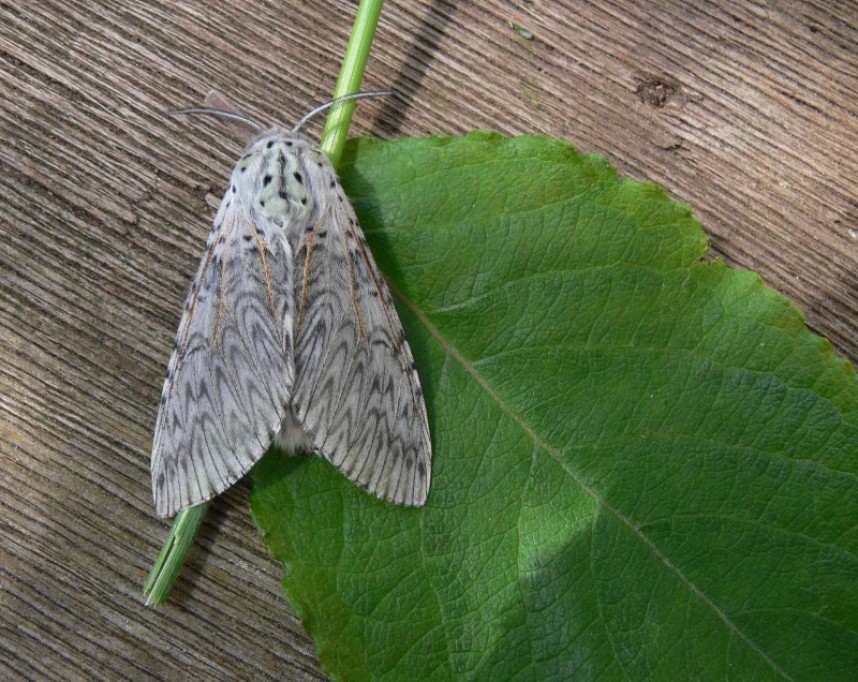
Puss Moth copyright Richard Baines
The Sallow is often known as a tree which prefers damp ground but it can also grow in drier conditions and its fast growth is ideal if you want to create semi-natural habitat quickly in your garden. Its value for wildlife is amazing and even in the first days of spring it provides one of the first sources of pollen for newly emerging Bumble-bees which feast on the catkins.
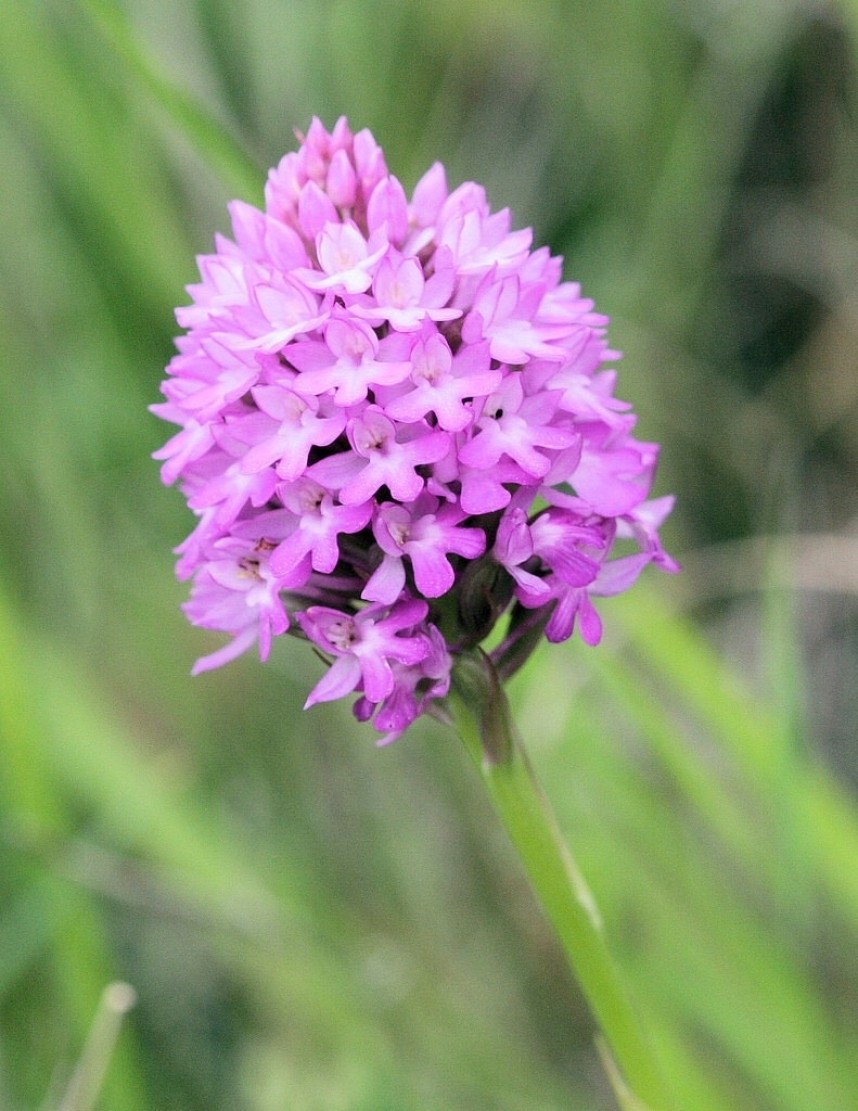
Pyramidal Orchid copyright Dan Lombard
Two flowers you are unlikely to find in your garden are the Bee Orchid and Pyramidal Orchid. However they may be growing closer than you think to where you live. Both of these species prefer a clay and calcareous soil composition so can grow well on chalky or limestone enriched boulder clay of East and North Yorkshire. They can appear on roadside verges; indeed a few years ago I found a fantastic display of Pyramidal Orchids on a verge in East Ayton near Scarborough. Orchid seed is tiny so in order to find space to grow they need open ground with patches of bare earth or a tightly grazed grass sward with low fertility. These two orchids also love sun drenched habitats so don’t bother looking on damp ground or in woods.
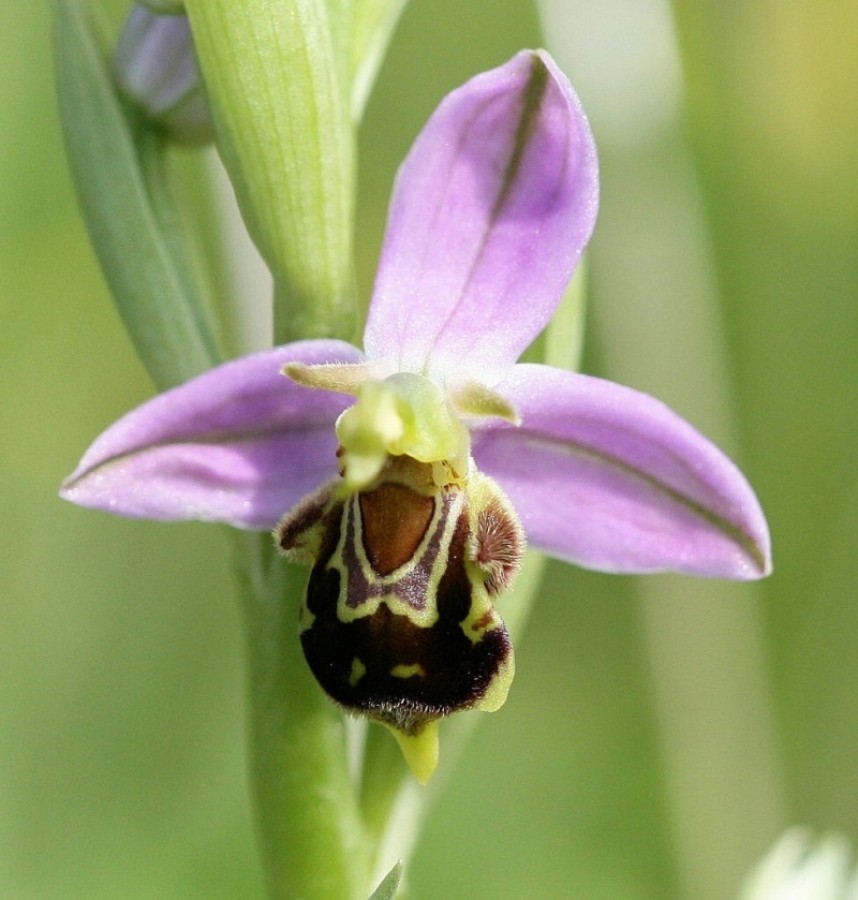
Bee Orchid copyright Dan Lombard



 Back to Blog
Back to Blog
